

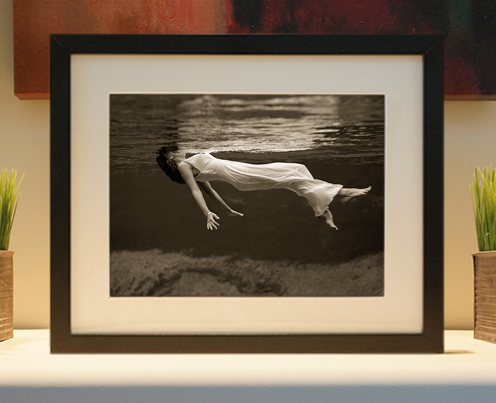
Framed or unframed, desk size to sofa size, printed by us in Arizona and Alabama since 2007. Explore now.
Shorpy is funded by you. Patreon contributors get an ad-free experience.
Learn more.

- Details, Details
- What's that building to the left of the tower?
- Coal Barges
- Bromo-Seltzer
- Inner harbor
- The Basin
- What a headache!
- Giant stepladder?
- Baldwin 62303
- Baldwin VO-1000
- Cold
- No expense spared
- Tough Guys
- Lost in Toyland
- And without gloves
- If I were a blindfolded time traveler
- Smoke Consumer Also Cooks
- Oh that stove!
- Possibly still there?
- What?!?
- $100 Reward
- Freeze Frame
- Texas Flyer wanted
- Just a Year Too Soon
- WWII -- Replacing men with women at the railroad crossing.
- Yes, Icing
- You kids drive me nuts!
- NOT An Easy Job
- I wonder
- Just add window boxes
Print Emporium
The Kodachrome Hills: 1942
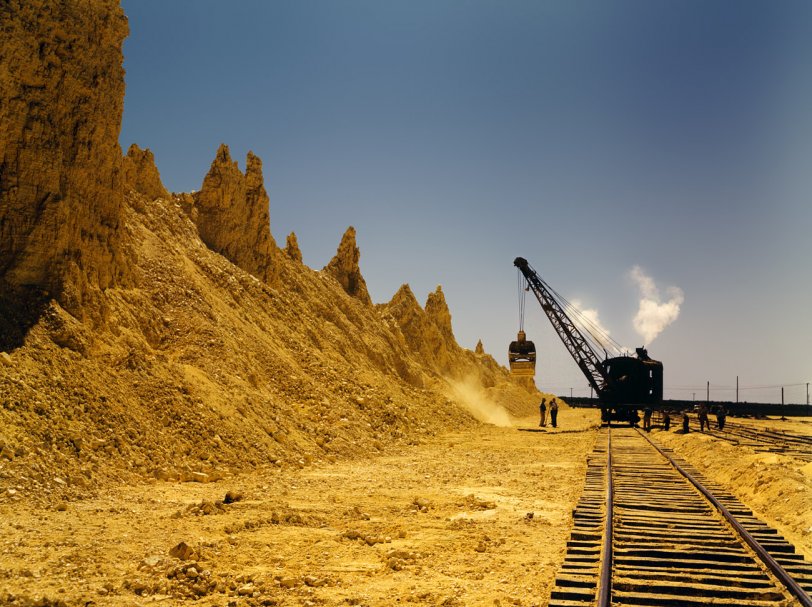
May 1943. "Nearly exhausted sulfur vat from which railroad cars are loaded. Freeport Sulphur Company at Hoskins Mound, Texas." View full size. 4x5 Kodachrome transparency by John Vachon, Office of War Information.
Sulfur
When I was a small child in Galveston, there would be scores of gondola cars on the same train, full of sulfur. Likely mined somewhere like this.
[This is where they stored the sulfur after it was extracted. - Dave]
Re: Crane
"Interesting. A crane on the rails. Was it attached to a rail car of some sort?"
If you look at the full size version of the picture you can see that the crane is part of a rail car. It is turned sideways to handle the sulfur which is why the back end sticks out over the sides of the rail car.
Crane cars are hardly uncommon. Most railroads have a wreck train on call at division points in the event of serious derailments and those trains invariably include a crane. For an industry like this where they are using trains to move product out of the pit a steam crane mounted on a railroad car is just about ideal - mobile and doesn't require extra space to move in. These days of course most open pit mines don't use rails to move product out but truck that would make your basic monster truck look like a Hot Wheel.





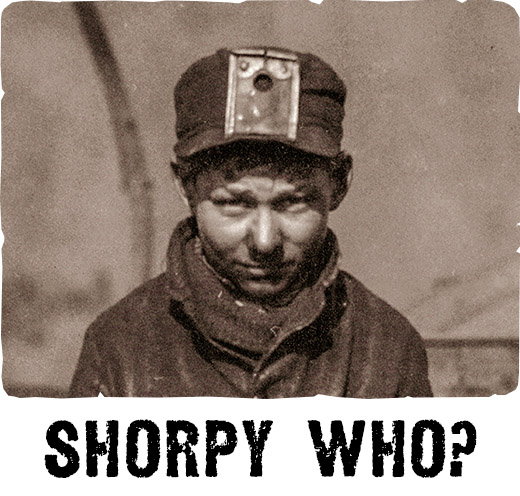
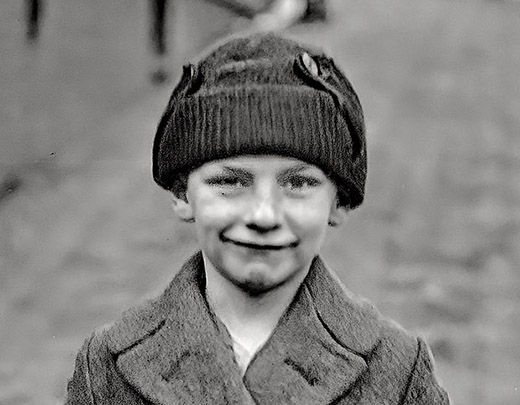
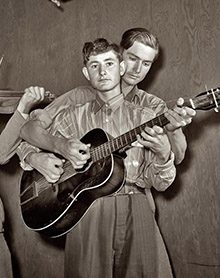
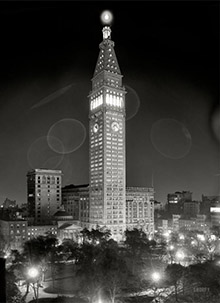
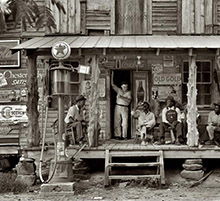
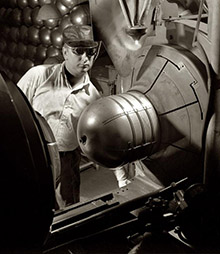
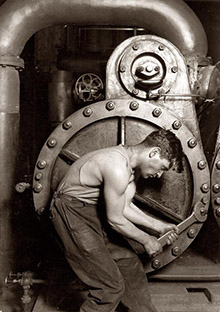
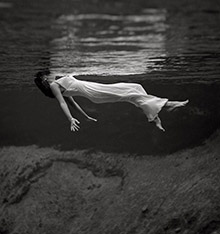
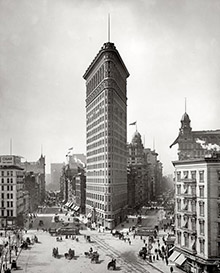
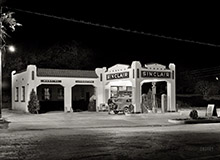
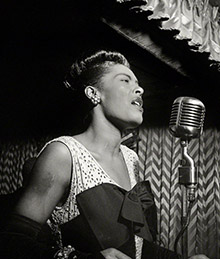
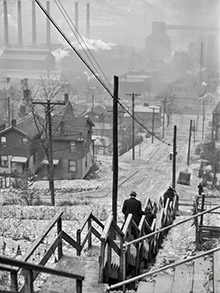
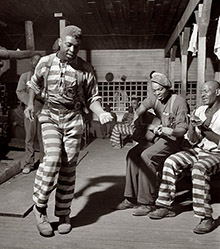
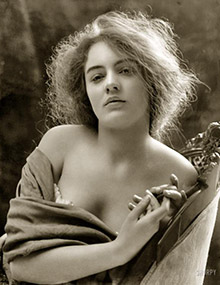
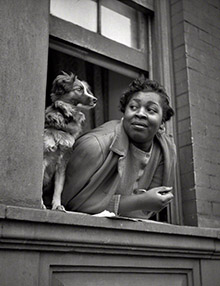
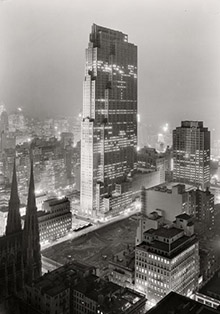
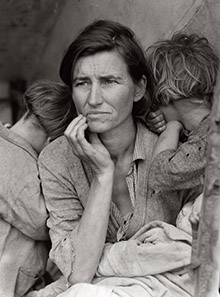
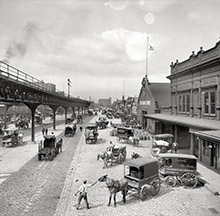
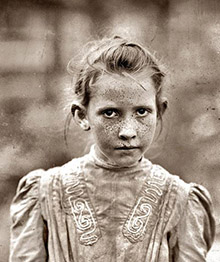
On Shorpy:
Today’s Top 5